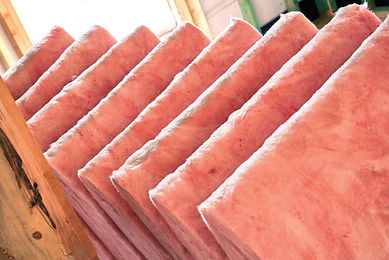Batt Insulation
Batt insulation comes in pre-cut panels and is used to insulate floors, walls, and ceilings. This type of insulation is generally made of fiberglass or rock and slag wool, although there are also natural cotton varieties available for thermal and acoustic installation. Fiberglass batt insulation is one of the most popular forms, as it tends to be fairly inexpensive and easy to install. If installed properly, this insulation can be effective, energy efficient, and long lasting.
Pros
-
Easily accessible
-
Versatile in use
-
Can be installed in almost every home space including unfinished spaces like unfinished floors
-
It is also relevant in the attic, crawl spaces, walls and ceilings.
Cons
-
Batt Insulation does not have a long shelf life as compared to other home insulation types.
-
Homeowners using batt insulation are advised to run a home energy audit after 10 years to determine the life expectancy remaining.
-
-
Users may need to stack product in order to achieve desired insulation results which in turn will affect costs.


Batt vs Roll Insulation
Batt insulations come in fixed sizes and are heavier than roll insulations. Meanwhile, roll insulations are made from thinner, more flexible materials that come rolled up like tissue rolls.
Batt Insulation - As a result of the rigidity of the batt insulation, they come in prefixed sizes and users need to measure their spaces to get an exact measurement of the required insulation before going on to buy.
Roll Insulation - This is not the case with roll insulations. Roll insulations are more flexible. They come in packs, rolled up, flexible, and ready for use.